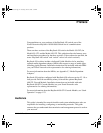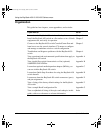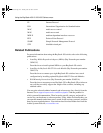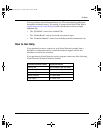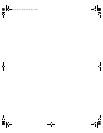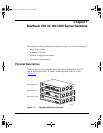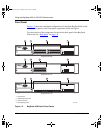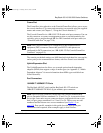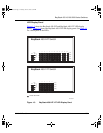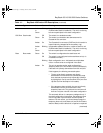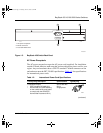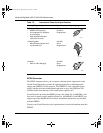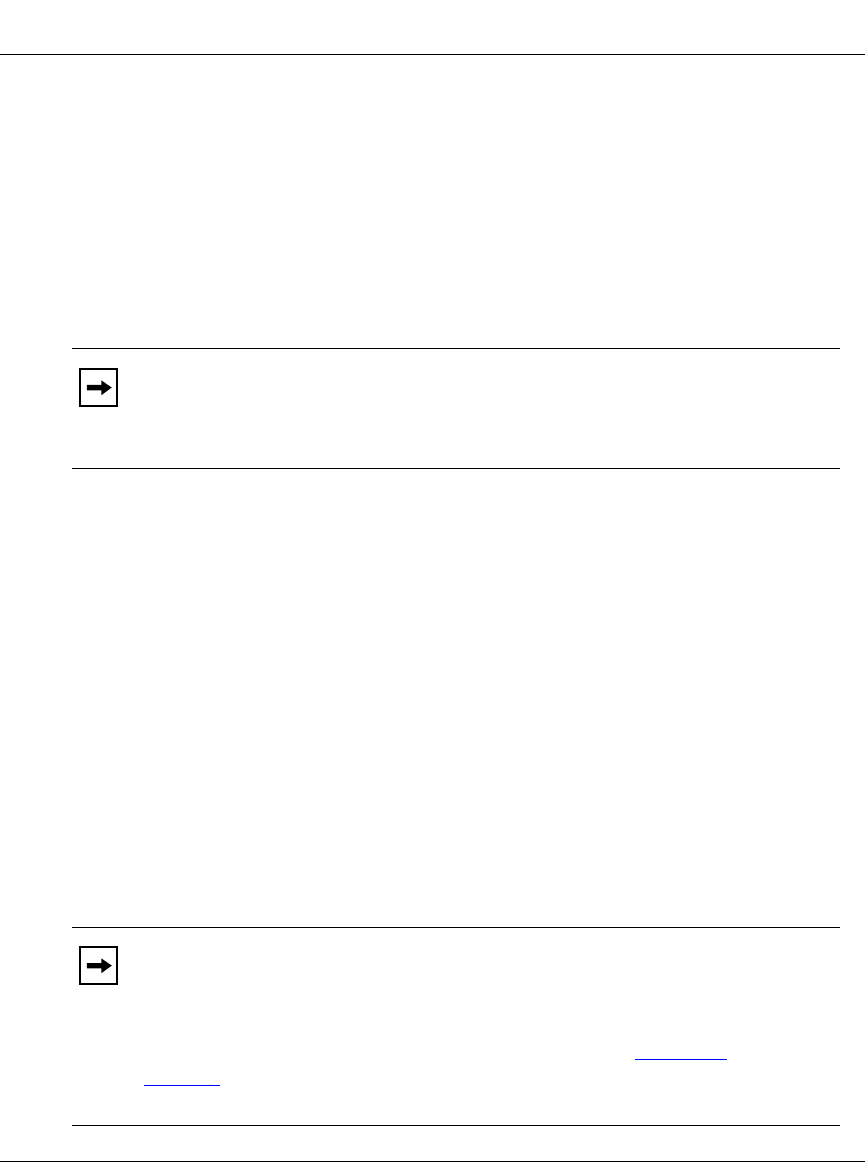
BayStack 450 10/100/1000 Series Switches
302401-D Rev 00
1-3
Comm Port
The Comm Port (also referred to as the Console/Comm Port) allows you to access
the console interface (CI) screens and customize your network using the supplied
menus and screens (see Chapter 3, “Using the Console Interface”).
The Console/Comm Port is a DB-9, RS-232-D male serial port connector. You can
use this connector to connect a management station or console/terminal to the
switch by using a straight-through DB-9 to DB-9 standard serial port cable (see
“Console/Comm Port” on page 2-10).
The console port default settings are: 9600 baud with eight data bits, one stop bit,
and no parity as the communications format, with flow control set to disabled.
Uplink/Expansion Slot
The Uplink/Expansion slot allows you to attach optional media dependent
adapters (MDAs) that support a range of media types (see Appendix C, “Media
Dependent Adapters” for more information about MDA types available from
Nortel Networks).
Port Connectors
10BASE-T/100BASE-TX Ports
The BayStack 450-24T switch and the BayStack 450-12T switch use
10BASE-T/100BASE-TX RJ-45 (8-pin modular) port connectors.
Note:
The Console/Comm Port is configured as a data communications
equipment (DCE) connector. Ensure that your RS-232 cable pinouts are
configured for DCE connections (see “DB-9 (RS-232-D) Console/Comm Port
Connector” on page E-5).
Note:
The RJ-45 port connectors on BayStack 450 switches manufactured
prior to December 1998 are numbered 1 to 12 and 13 to 24, in succession from
left to right. Later units use port connectors that are configured with one or two
dual, six-port groups, numbered 1 to 12 and 13 to 24. The top rows are odd
numbered and the bottom rows are even numbered (see Figure 1-2
on
page 1-2
). Port-specific examples in this guide show the appropriate port
connections when required; other examples apply to both versions.
kombk.book Page 3 Tuesday, June 29, 1999 3:25 PM



